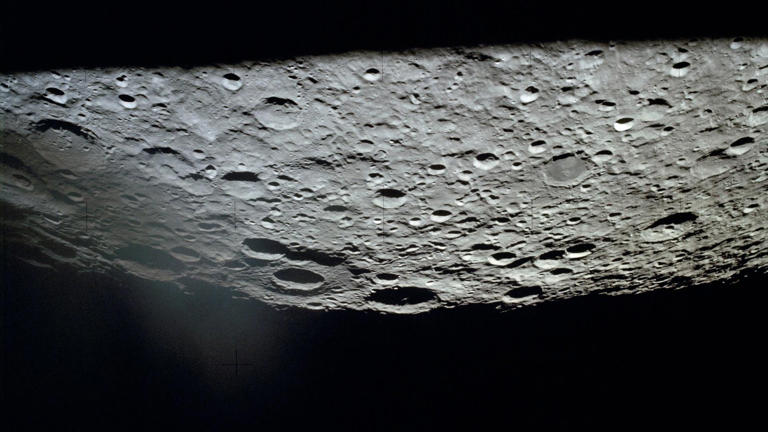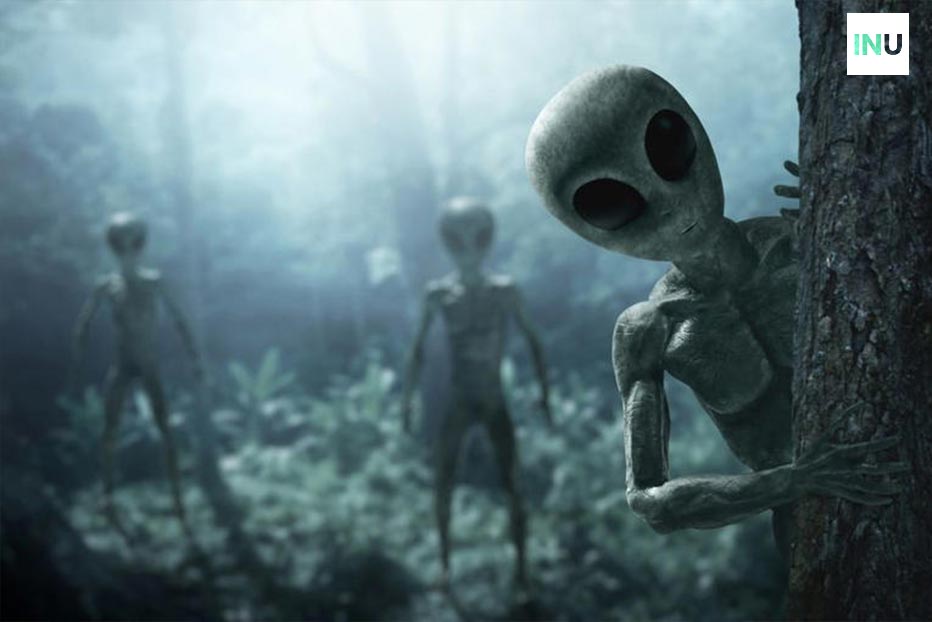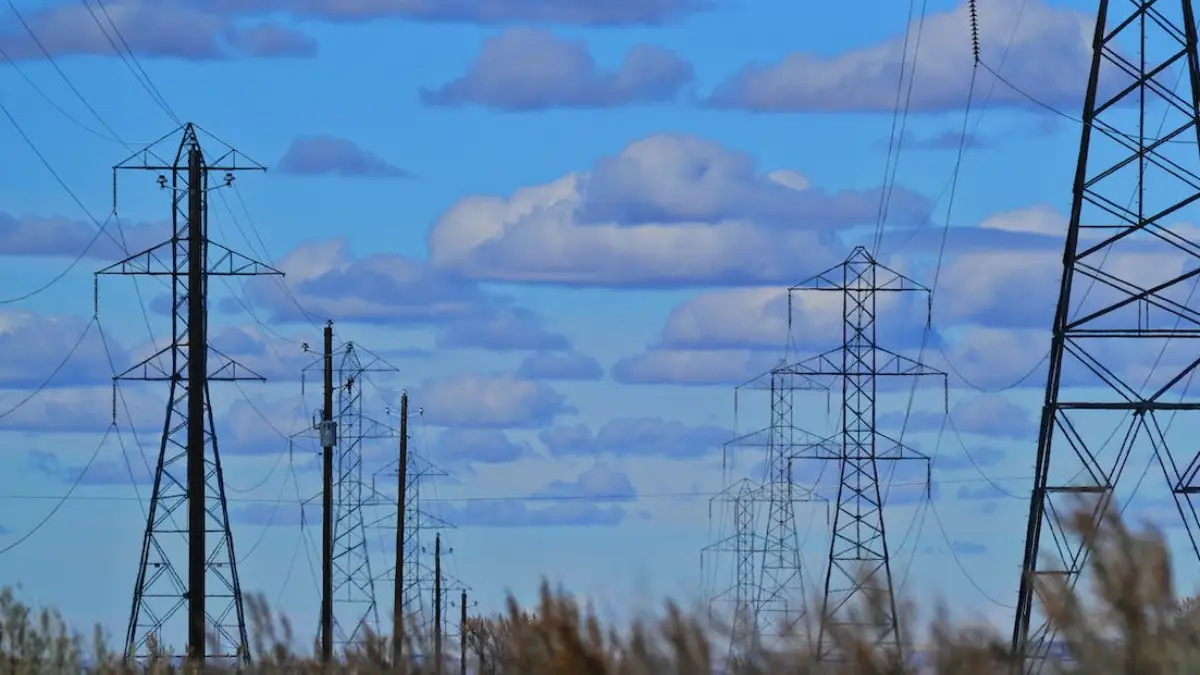Exploration Unveils Intriguing Subsurface Details
China’s Chang’e-4 lunar rover has unveiled a trove of hidden lunar history by employing cutting-edge technology to map previously unseen structures deep beneath the moon’s enigmatic far side. Since its historic landing in 2018, the spacecraft has tirelessly documented the moon’s landscapes, and now, thanks to the Lunar Penetrating Radar (LPR) carried by the rover’s companion, Yutu-2, scientists have gained an unprecedented understanding of the moon’s upper 1,000 feet (300 meters) layer.
Unveiling Lunar History: The revelations, detailed in a publication on August 7 in the Journal of Geophysical Research: Planets, offer an extraordinary glimpse into the moon’s geological evolution spanning billions of years. The research provides a compelling narrative of the moon’s past, previously obscured from human eyes.
Echoes of Discovery: Yutu-2’s LPR functions by emitting radio signals deep into the lunar surface. These signals bounce off underground structures and return as echoes. These echoes are then utilized by scientists to craft a comprehensive map of the moon’s subsurface. Notably, Yutu-2 had previously mapped the upper 130 feet (40 m) of the lunar surface in 2020 using the LPR.
A Slow Cooling Process: Analyses of the data gleaned from Chang’e-4 reveal an intriguing evolution of the moon’s volcanic activity. Researchers, led by astrogeological expert Jianqing Feng from the Planetary Science Institute in Tucson, Arizona, noted that the layers of volcanic rock gradually thinned as they approached the lunar surface. This suggests a waning intensity of volcanic activity over time, indicative of the moon’s gradual cooling process.
Moon’s Geologically Dormant State: While evidence points to the moon’s volcanic activity ceasing approximately 1 billion years ago, some remnants hint at more recent occurrences, perhaps within the last 100 million years. Despite its apparent geological dormancy, Feng believes that the possibility of magma still existing deep within the lunar subsurface cannot be discounted.
Continued Exploration: Chang’e-4’s mission remains far from over. Feng anticipates that the rover’s ongoing investigations will unravel additional, unexpected geological phenomena, enriching our comprehension of the moon’s past and potentially offering insights into the broader history of our solar system.









